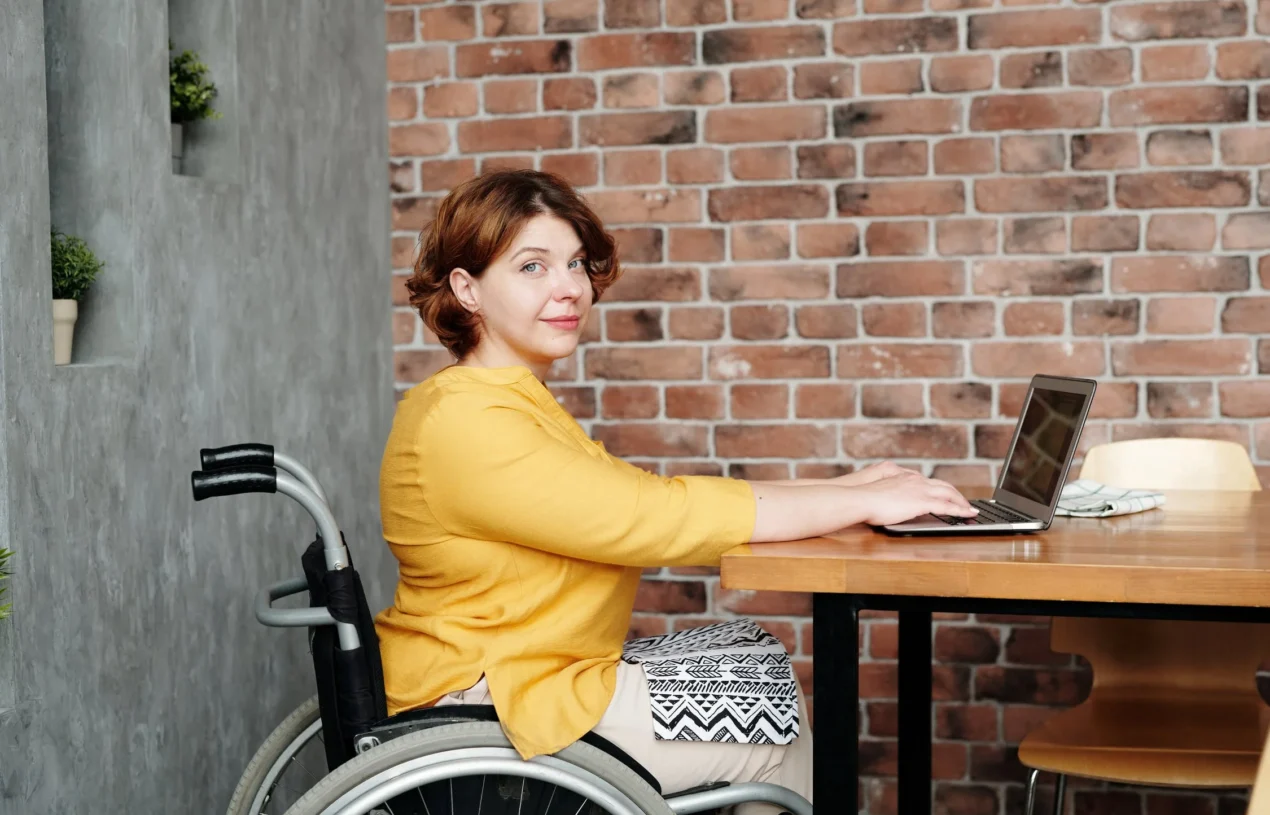There are many reasons people find themselves using wheelchairs, either due to pre-existing conditions, injuries or for recovery purposes. Wheelchair use is intended to make a person’s life easier and more independent; however, it can also come with its fair share of challenges. If you are new to using a wheelchair or would appreciate some advice on how to become better acquainted with its use, keep reading.
Learn How to Use Your Wheelchair
Not every wheelchair operates in exactly the same way. Even if you have been using a wheelchair for years, you may find that switching to a different model can involve some getting used to. For example, the position of elements such as the brakes, footrests, or hand rims may be slightly different from what you used before. Take some time to get accustomed to the wheelchair’s particular set-up and make sure it suits your needs. This is particularly important if you are new to using a wheelchair.
Travel Considerations
Often, the point of using a wheelchair is to increase mobility and independence. This is particularly true for people who love to travel. As with many parts of life, there are more considerations you must take into account when using a wheelchair, for example, researching ahead to ensure your destination is wheelchair accessible or using a car that can accommodate your chair, such as those available at alliedmobility.com. The key is to prepare ahead of time to guarantee a smooth journey. The extra element of planning can go a long way to improving your travels.
Adapt Your Home
If you are a long-time wheelchair user, you might want to consider adapting your home to create an environment that better accommodates your accessibility requirements. For example, if you live in a home with stairs, you could have a stairlift or elevator installed to make traveling between stories much easier. You could also replace any exterior steps with ramps and railings for increased accessibility. Here are a few other ways you can tailor your home around improved wheelchair use:
- Bathroom: Railings or handles positioned near each facility can make it much easier to transition in and out of the wheelchair. Specially designed baths and showers are available for a variety of accessibility needs, with seating or door adjustments to make movement safer.
- Kitchen: Positioning cupboards and appliances at a comfortable level will mean that you won’t need to over-reach and risk tipping the chair.
- Bedroom: Make sure you have plenty of space around your bed and opt for a frame that allows you to move between it and your wheelchair comfortably.
As with everything in life, there are very few universal answers that will apply to everyone perfectly. Every wheelchair user has a different experience and not all solutions will fix all issues. Depending on your reasons for requiring the aid of a wheelchair, these tips will hopefully help you create a more fluid and efficient lifestyle that doesn’t get in the way of you achieving your goals.

